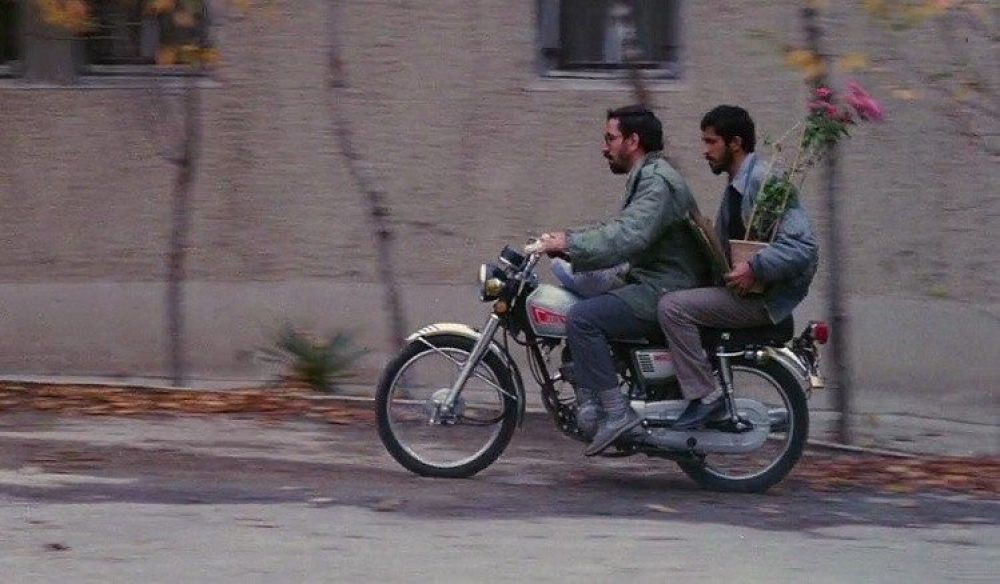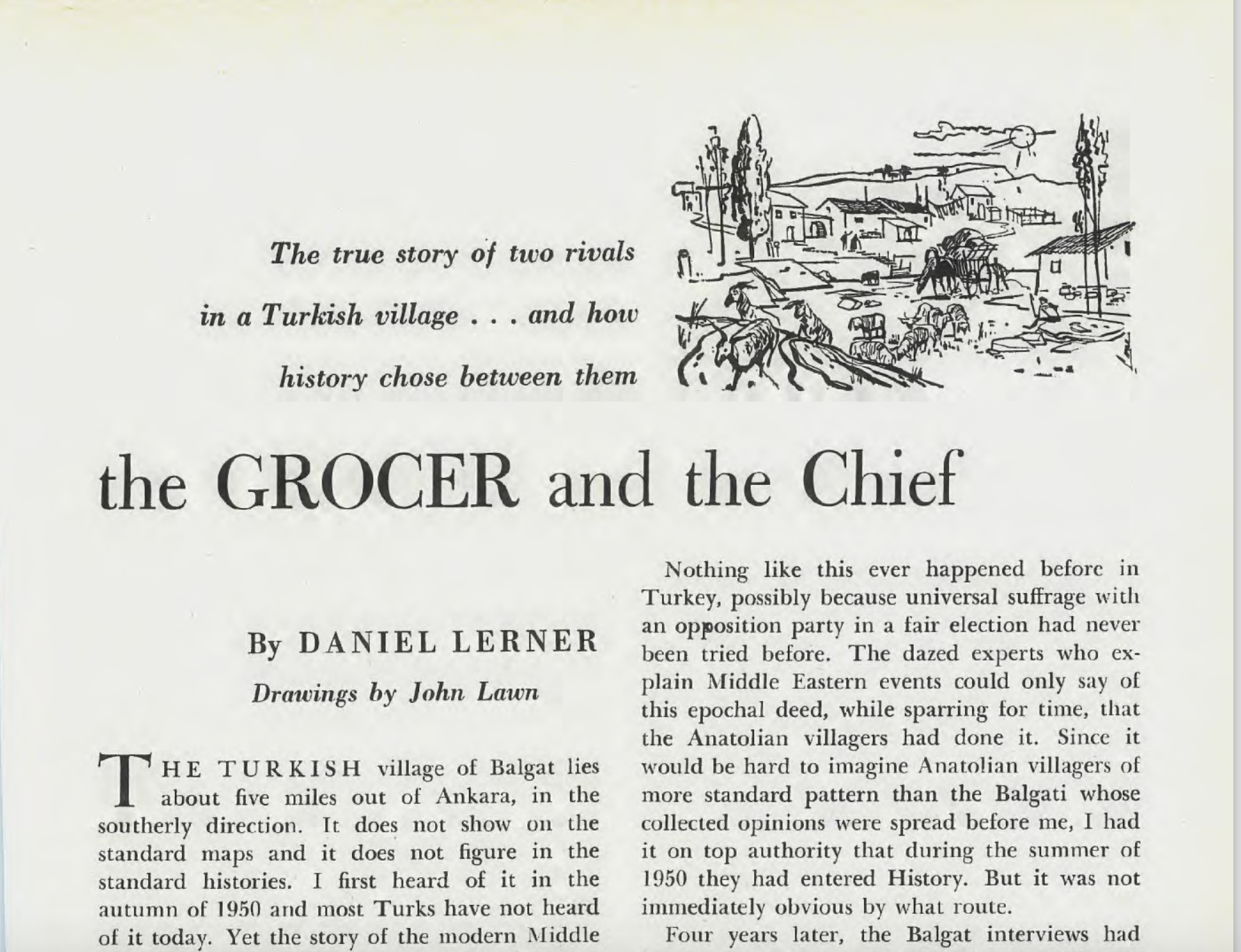The plot focuses on a childless peasant who lives with his wife and their cow. For the desperately impoverished hamlet in which they live, the cow is a primary source of sustenance. Accordingly, the man dotes on the cow, adoring his as cow as if it were his child, taking the cow to graze in the open fields and carefully washing it. His connection to this cow is so strong that when the animal dies under mysterious circumstances while the man leaves to go to the capital, the villagers conspire to lie to him about the fate of his cow, fearing that the truth would break him. Despite these efforts to obscure the truth, the man does not believe the others, eventually turning insane and believing himself to be a cow before coming to an untimely end.
Given the ambiguities surrounding many of the plot points, like what exactly happened to the cow, much of the film itself is left to the interpretation of the viewer. One interpretation of the movie that is very much in keeping with the themes of our class is that the cow can be seen as symbolizing the oil of Iran. The cow is so central to the functioning of the village that its demise leads to a major disruption in the village. Indeed many of the villagers are dependent on this singular cow. Similarly, around this time oil was itself central to the functioning of Iran, to the extent that a threat to its supply constituted a threat to national stability.
Another possible interpretation of the film that would speak to the themes of the course are to consider the village and centrality of the cow to its way of life as representing the inertia of a traditional, culturally authentic lifestyle. As this lifestyle is rudely and abruptly disrupted by the death of the cow, rather than rapidly adapt to changing realities, i.e. quickly adapt Western attitudes and technologies, the erstwhile cow owner chooses to live in a state of denial. This eventuates in the man’s death, while can be read as the filmmaker’s caution to Iran against a refusal to adapt to changing realities.
This anxiety about change and the struggle to reconcile change to traditional culture and ways of life are unique to the Iranian experience of the period. Rather than attempting to whitewash the difficult transition Iran underwent at the time, the film allegorically presents a complete image of the challenges of culturally authentic modernization.

